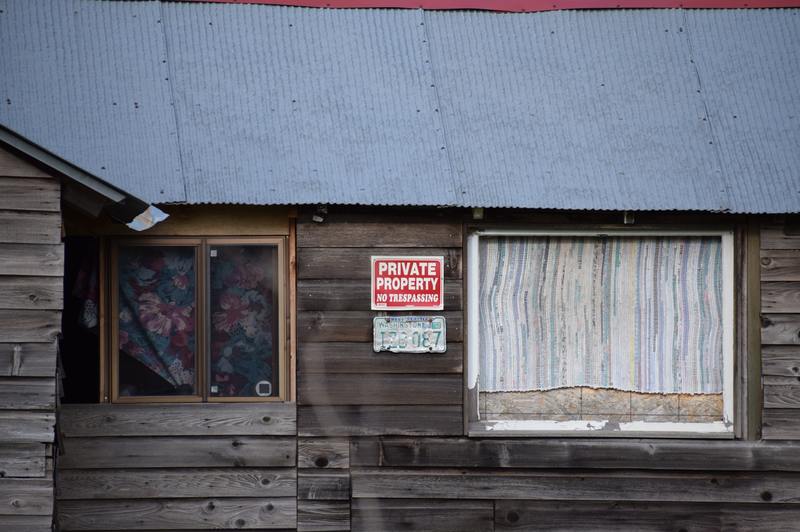If you don’t know how to repair water damaged wood siding, you will find everything you need in this article. It is a common problem, especially for homeowners living in an area that experiences different weather conditions.
Fortunately, fixing damaged siding is not that difficult. You can always call for help to get the job done for you, or you can opt to do it yourself. If you choose the latter, then these are the things you should know.

Causes Of Water Damage
Water damage perhaps is the most typical kind of damage in most residential areas and larger buildings. It is almost inevitable because water is present in many places, but here are the leading causes that you should always watch out for your wood sidings:
Weather
Several weather conditions happen every day and cannot be avoided. With this in mind, it is necessary to protect the sidings using various treatments to prevent the water from seeping in. However, this is not always enough to defend the walls from disasters, thunderstorms, and hurricanes. Too much water and exposure can permanently damage wood sidings.
Structural damage
Structural damage is more common to older properties, but it can still happen even in newer ones. The leading cause of this is the moisture drippings that can sometimes get trapped within the concrete and crawl spaces.
Wood sidings are the most vulnerable to this factor. A regular cleaning and maintenance checkup can prevent cracks, mold, and rotting from developing.
Signs Of Water Damaged Wood Siding
Water damage on wood sidings is not the easiest to spot because it is not always looking at when at home. Luckily, there are signs to check out if you suspect possible damage to your exterior walls.
These are the things that you should take note of:
1. Peeling paint
Paint can protect the wood sidings, but it indicates a more severe problem if you notice that they are starting to peel. When the wood underneath is exposed to excessive moisture, the water can seep in and stay in the wood, causing more severe damage.
2. Softwood
The wood can get soft if there is too much moisture trapped in it. You can solve this through natural drying and with the help of special tools, but unattended softwood can start to rot and foster the growth of a colony of mold.
3. Protruding nails
You can look for an indication of water damage on the nails in your siding. If they are more sunken into the plank, it can be an indication of swelling wood siding.
When the nails start to stick, that’s the sign moisture has reached the interior structure of the property. It would be recommended to get it fixed right away to prevent the situation from worsening.
Wood Siding Repair Cost
The cost of a wood siding per square foot falls around $7, depending on many factors. If you plan to hire a professional, the repair fee often ranges from $100 to $200. If you opt to do it, you would spend less and still get the work done, especially if only a small portion of the wall is affected.
Some homeowners insurance covers replacing the damaged siding, but not the entire portion where it is located. This can result in an uneven appearance, having the replaced wood siding look different from the rest of the wall. You can ask your lawyer about the insurance coverage your provider offers and see how they can help you in this situation.
Fixing Water Damaged Wood Siding
To repair the damaged wood siding, these are the steps you can follow.
Step #1. Remove the water damaged wood siding. Make sure to get rid of the rotting pieces and clean the area of molds and fungus.
Step #2. Remove the nails and other hardware that can come in the way. You can use the other side of the hammer or a nail puller to remove the nails safely.
Step #3. Clean the edges and remove the remaining sealant on the side on the spot you are working on. You can use a utility knife to do this.
Step #4. Place the new wood siding into the area.
Step #5. Secure the siding piece with nails. Make sure to nail the siding into the studs behind the wood for a steadier placement.
Step #6. You can use caulk or other waterproof sealants to secure the pieces into place.
Step #7. You can use paint or stain on the surface to help the wood withstand water damage more effectively. Find the one that matches the rest of the wall to make it blend with the whole look.
Conclusion
It is not so hard to learn how to repair water damaged wood siding. Once you already know how to do it, it would be much easier to fix them if it happens to you. Remember that a good paint or sealant will be the best way to prevent water damage to your wood siding.
